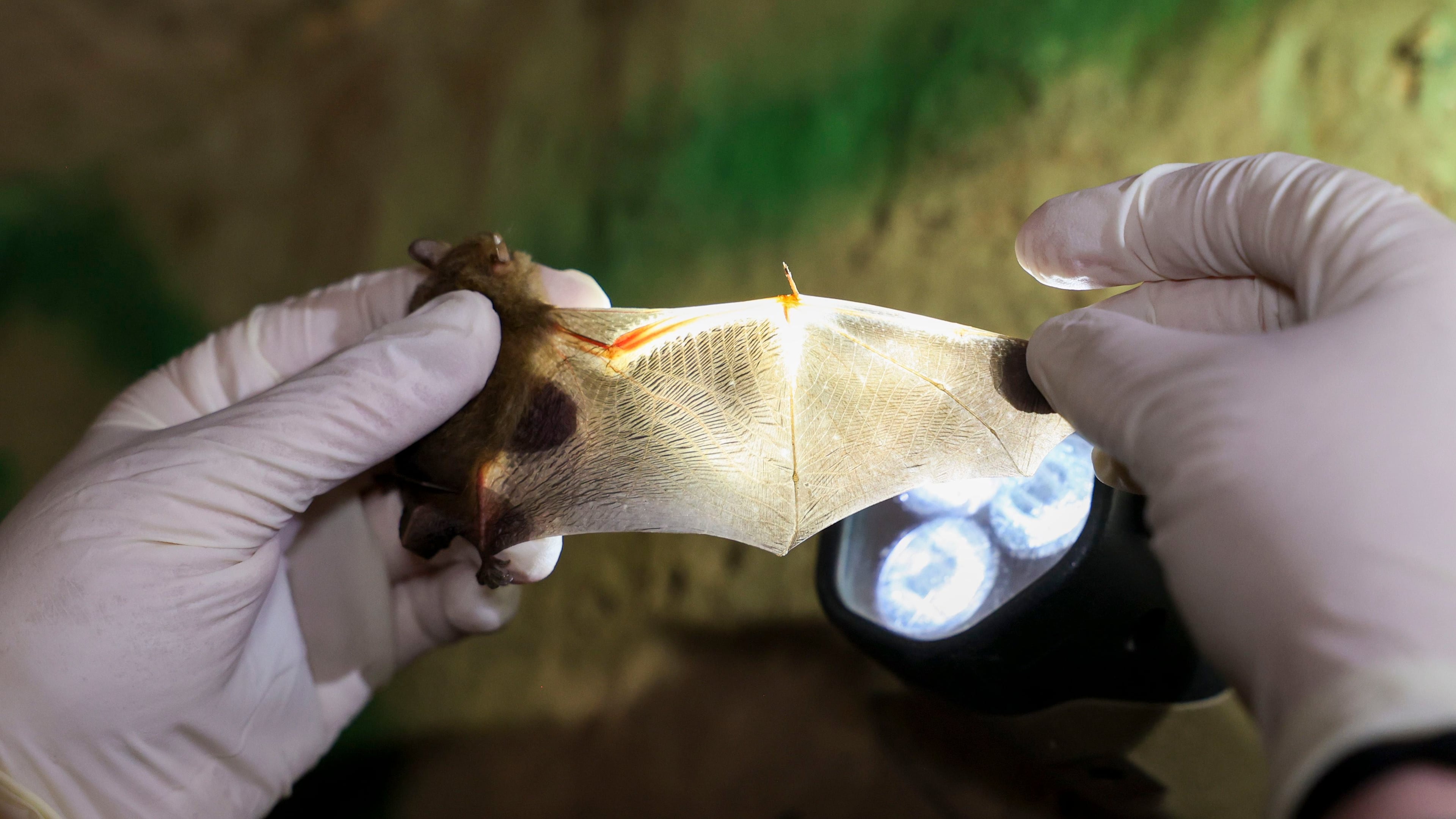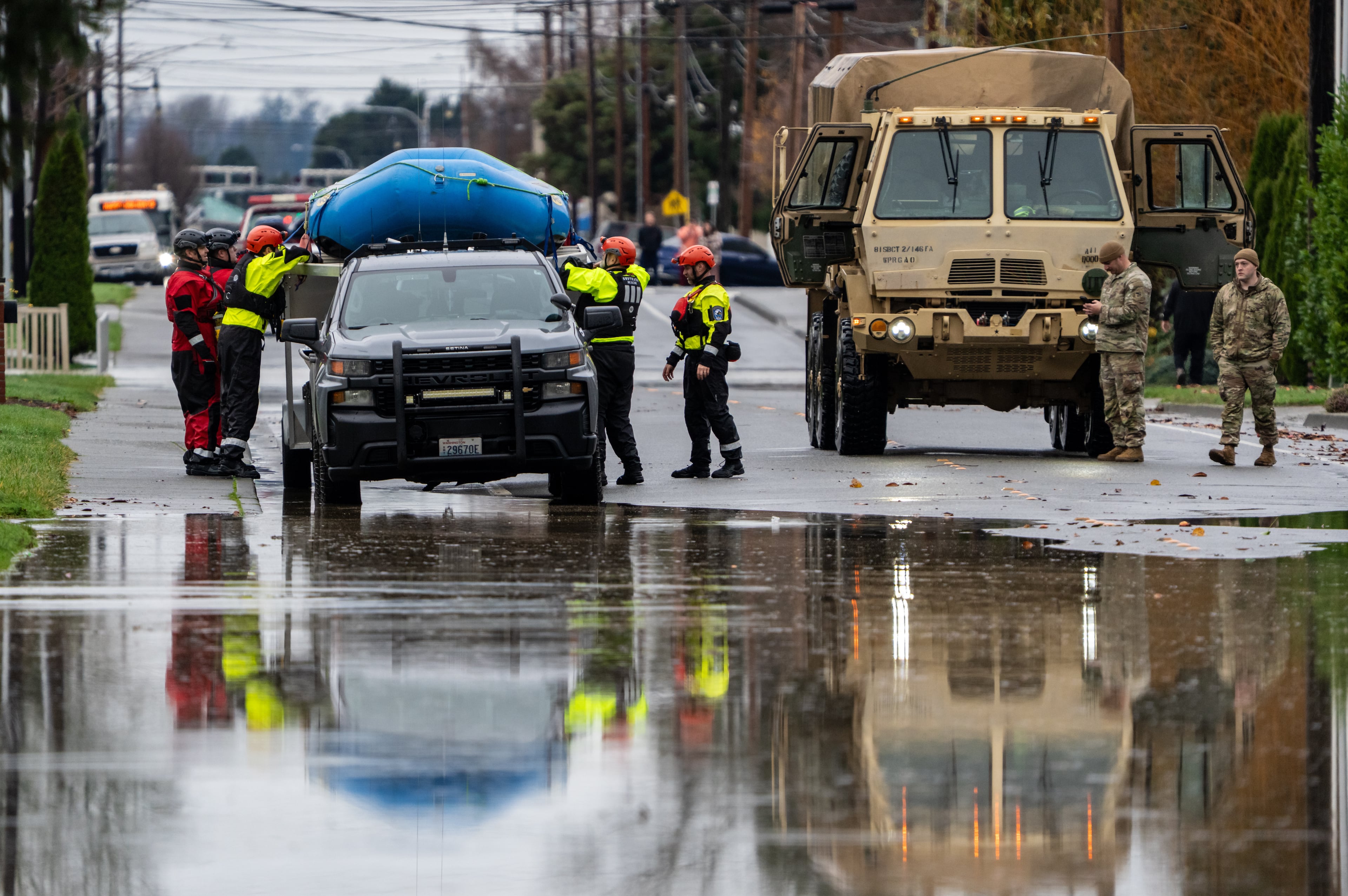Netflix’s ‘Nightmares of Nature’ exposes the horrors Georgia’s wildlife faces

A pregnant white-footed mouse scurries through the pine flatwoods of southern Georgia. After narrowly evading an owl by night, then a hawk by day, she finds a place to give birth: an empty tin box in an old cabin.
For weeks while her vulnerable pups grow, she is exhausted. Caring for them is a 24/7 job, while she still has to forage so she doesn’t starve and stay on alert for threats.
During a southern summer thunderstorm, the cabin roof leaks and the tin box starts to flood, so she must carry her babies to safety — but in the turmoil, she is forced to leave one of them behind. Days later, another pup ventures out of the nest and is lured into a snap trap. Another goes missing. The mother mouse’s entire litter has died before weaning.
If this sounds like the plotline of a bad dream, that’s intentional. The mother mouse is one of the main subjects in “Nightmares of Nature,” a Netflix series released recently that was filmed at Gaskins Forest Education Center in Alapaha.
With creepy music, jump scares and an ominous narrated script, the series is a clear pick for Halloween season. But the value it carries goes much deeper than pure entertainment: A lesson that life in the wild is not the idyllic scene we see in most media, but rather, it is terrifying and full of suffering.
Georgia ranks poorly in animal protection laws
Like the mouse pups in the series, the vast majority of wild animals die before they reach adulthood. And even among those who have made it to maturity, disease, injury and starvation are overwhelmingly common.
This leads us to an ethical conundrum: Once we become aware of wild animal suffering — the natural harms that threaten the well-being of every individual animal — to what extent are we responsible for solving it?
Most people agree that cats and dogs belong in our moral circle. Wild animals have the same kinds of psychological experiences as companion animals — pleasures, pains, needs and fears — so they are equally worthy of our consideration. But decisions are made every day that affect wild animals without taking their welfare into account.
Every time we implement a program to manage a deer population, restore a developed plot to grassland or conduct a prescribed burn, those actions have real consequences for wild animals’ lives — consequences that are often unknown, and usually ignored.
In some cases, it’s neglect. But in others, it’s code. A 2023 analysis of animal protection laws by the Animal Legal Defense Fund ranks Georgia No. 45 out of the 50 states. Of the animal protection laws we do have, very few specifically include wild animals. And collectively they exclude certain wild animals, based on Georgia’s legal definition of “animal”: This term “shall not include any fish nor shall such term include any pest that might be exterminated or removed from a business, residence, or other structure.”
That means our mother mouse is among the condemned. She and her tiny family have no legal protections in our state. So in addition to the snap traps in the cabin, glue traps and poisons that cause excruciating, slow deaths are fair game — truly a horror story for such an intelligent, emotional creature.
Find data-backed solutions to protect wild animals
We can do better. Like the New York Mayor’s Office of Animal Welfare, Atlanta could instate an office or individual responsible for promoting peaceful coexistence with urban wildlife and identifying responsible interventions for wild animal welfare.
For example, instead of lethal control for rodents, we could move toward humane alternatives for managing their populations, such as contraceptive programs.
It won’t be easy — ecological effects of interventions for wild animals should not be ignored, and something intended to help individuals of one species might indirectly affect those of another.
But research in these areas is growing, to help us find data-backed solutions. And we don’t have to wait until we have all the answers.
We can start thinking today about how to make our city a better place for wild animals to live.
Like in a nature documentary, the animals in “Nightmares of Nature” do not speak. But as we witness them struggle through terror after terror, we can imagine what their cries for help would be. It’s not just a Halloween trick, but a believable depiction of the realities they often face. If we can ease the mouse’s pain, shouldn’t we?
Cat Kerr is an Atlanta-based journalist and also works with Wild Animal Initiative, an international nonprofit organization.


